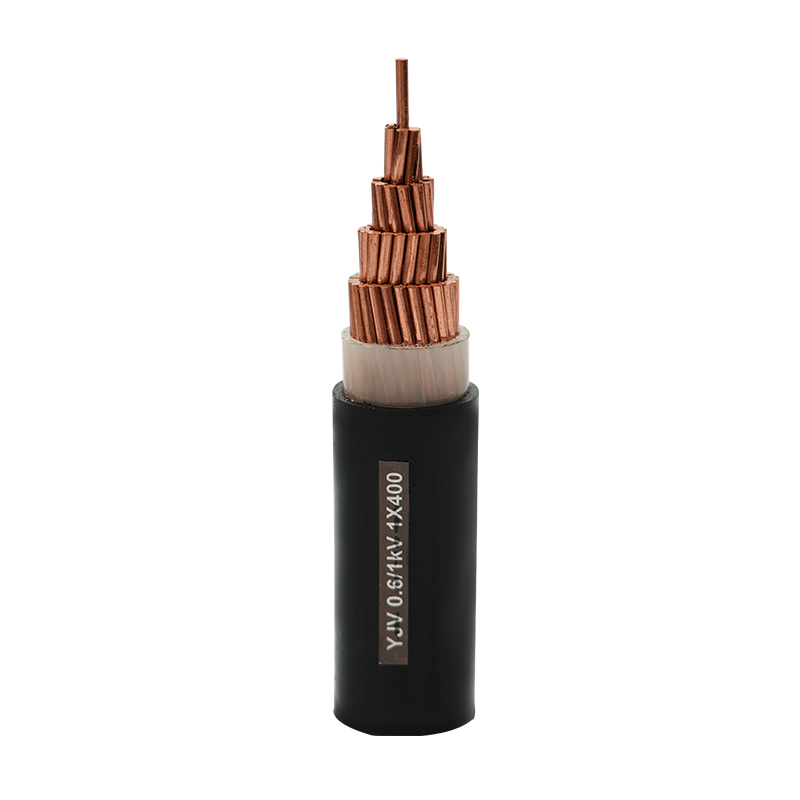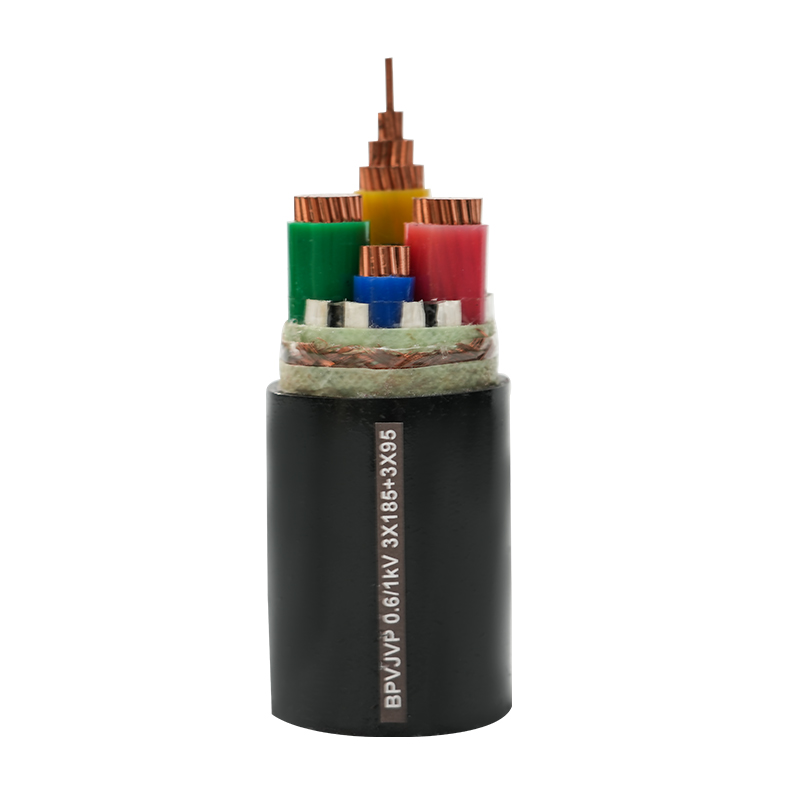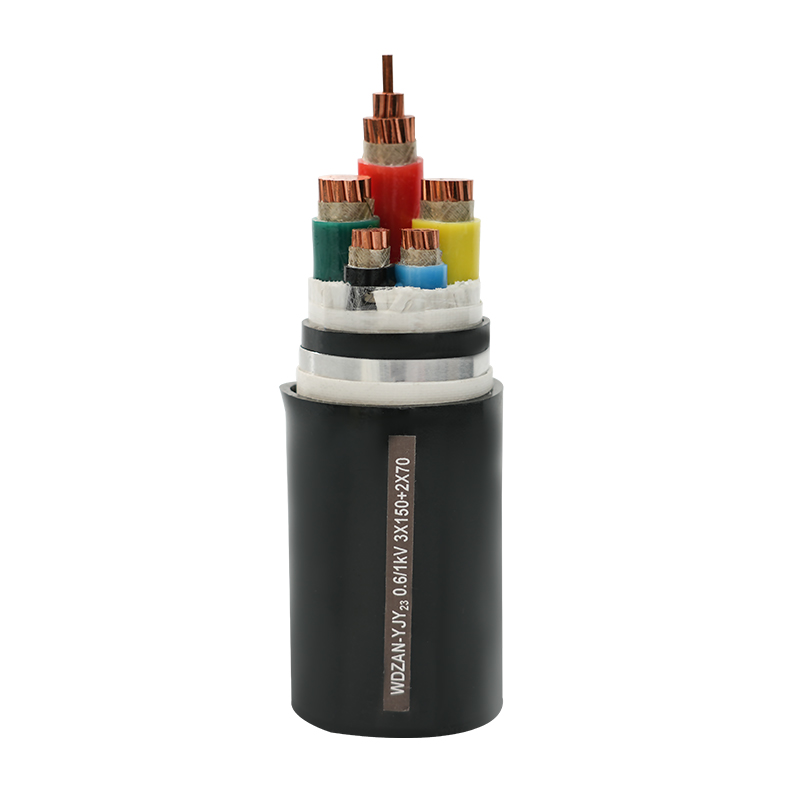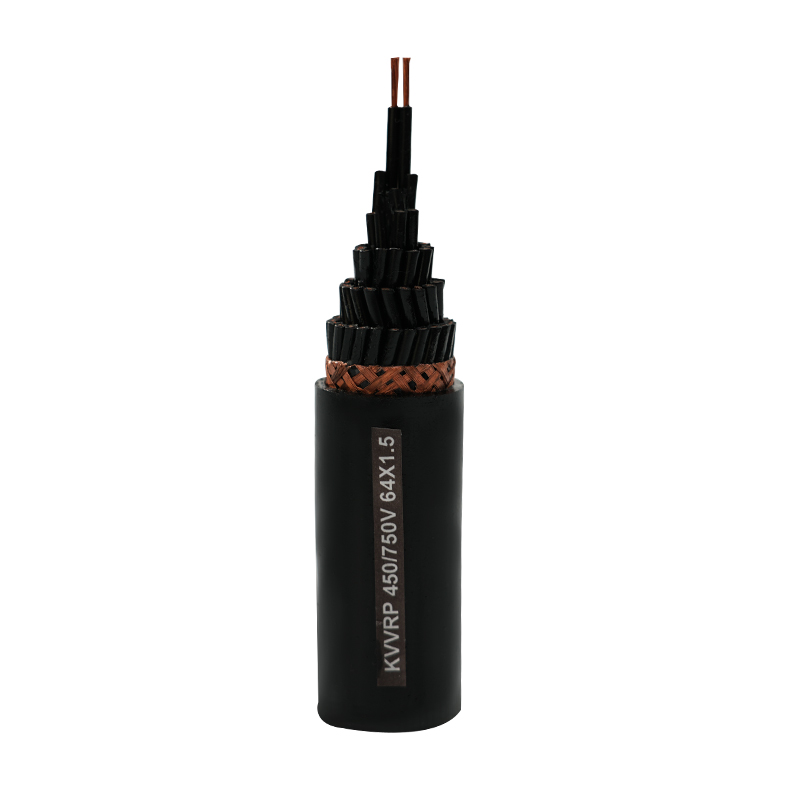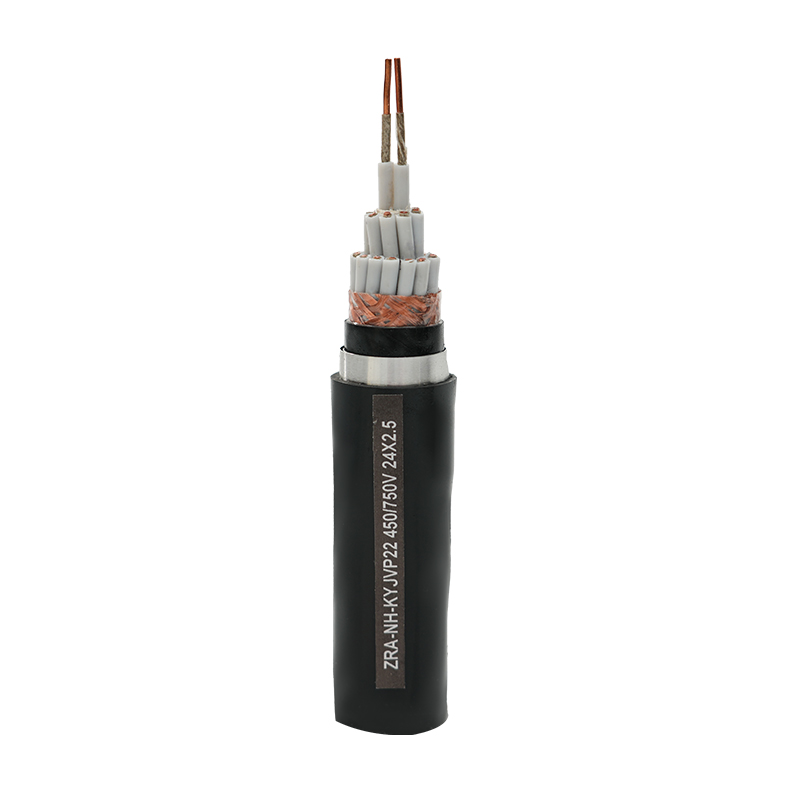Core Characteristics and Structure of High Temperature Cables
High temperature cables are engineered to function reliably in conditions that would quickly degrade ordinary electrical wiring. Unlike standard conductors that soften, crack, or lose insulation properties when exposed to continuous heat, these cables are specifically built to endure sustained high temperatures and rapid thermal fluctuations. Their conductors are often made from tinned or nickel-plated copper, which not only enhances conductivity but also provides excellent resistance to oxidation and corrosion caused by prolonged heat exposure. Around the conductor, multi-layered insulation is commonly crafted from silicone rubber, fluoroplastics such as PTFE, or mica-based composites. These advanced materials maintain flexibility and dielectric strength even when subjected to temperatures that exceed the limits of conventional PVC or polyethylene insulation. The multi-layer structure serves several purposes:
- It reduces mechanical stress caused by thermal expansion.
- Provides a robust barrier against chemical attack.
- Ensures long-term electrical stability in environments where vibration, moisture, and aggressive gases are common.
Because of these engineered qualities, high temperature cables become indispensable for applications ranging from metallurgical furnaces to aerospace equipment.
Industry Demand for High Temperature Cables
The demand for high temperature cables spans a remarkable variety of industries.
Industrial Applications:
- In the metallurgical and steel sectors, for example, cables must perform flawlessly near blast furnaces, where ambient temperatures can remain well above 400°C for extended periods.
- Petrochemical plants, with their high-pressure reactors and heated pipelines, require cables that resist not only heat but also oil, solvents, and corrosive vapors.
- In power generation facilities, turbines and boilers present similar challenges where conventional wiring would quickly fail.
- Even in aerospace, high temperature cables are used in engine compartments and avionics systems to guarantee reliable performance during rapid altitude and temperature changes.
- In the realm of renewable energy, solar power installations often experience significant temperature fluctuations between day and night, necessitating cables that can handle both intense heat and UV exposure.
Household Applications:
Household applications, though less extreme, still benefit from these cables. High-power kitchen appliances such as ovens, induction cookers, and electric heaters operate at elevated temperatures for prolonged periods. Using ordinary wiring in such appliances can create a latent risk of overheating or electrical fires. High temperature cables, with their superior insulation and thermal endurance, provide a safety margin that protects families from potential hazards. This broad industrial and residential reliance explains why the global market for high temperature cables continues to grow year after year.
Material Selection and Safety Standards
Material science lies at the heart of high temperature cable performance.
Conductor Materials:
- Conductors must maintain excellent electrical conductivity while resisting oxidation at elevated temperatures.
- Nickel-plated or silver-plated copper is frequently chosen for its balance of conductivity and oxidation resistance.
Insulation Materials:
- The insulation layers require even greater sophistication: silicone rubber is valued for its elasticity and stability up to 200°C or more.
- Fluoropolymer-based materials like PTFE and FEP can withstand temperatures exceeding 250°C.
- For extreme conditions such as glass or ceramic furnaces, mica tape and fiberglass braids provide heat resistance approaching 1000°C.
Beyond materials, international safety certifications ensure that high temperature cables meet rigorous performance criteria. Standards such as IEC 60331, UL 5107, and other regional regulations specify tests for flame retardancy, dielectric strength, smoke generation, and halogen content. These certifications are not mere formalities; they are critical for reducing risks of electrical failure and ensuring that cables retain both mechanical and electrical integrity after years of thermal stress. When purchasing or specifying high temperature cables, engineers and safety inspectors must verify these certifications to guarantee compliance and long-term reliability.
Installation and Maintenance Essentials
Proper installation is as vital as the quality of the cable itself.
Installation Guidelines:
- During installation, excessive bending or pulling can compromise the insulation layers or introduce micro-cracks that later develop into significant faults.
- Technicians should follow the manufacturer’s recommended minimum bend radius and secure cables with heat-resistant fasteners or conduits to avoid mechanical abrasion.
- Cleanliness is equally important: oil residues, corrosive chemicals, or accumulated dust can degrade insulation over time, especially when combined with high temperatures.
Maintenance Procedures:
- Maintenance is an ongoing responsibility. Periodic inspections should include checking for discoloration, brittle insulation, or signs of overheating at connection points.
- Infrared thermography can be employed to detect hotspots that indicate impending failure.
- Any sections showing cracks, wear, or significant aging should be replaced immediately to prevent catastrophic failures.
By adhering to a disciplined installation and maintenance program, facility managers can extend the service life of high temperature cables well beyond their nominal ratings, reducing both downtime and replacement costs.
Future Development Trends
The landscape of high temperature cable technology is evolving rapidly in response to global shifts toward electrification and sustainability.
- Emerging materials, including nano-ceramic composites and advanced fluoropolymers, promise even higher temperature ratings combined with lighter weight and improved flexibility.
- Researchers are exploring insulation materials that can operate continuously above 1200°C while maintaining low smoke and halogen-free characteristics to enhance safety in enclosed spaces such as submarines or passenger aircraft.
- Smart cable technology is another exciting frontier. Embedded sensors and fiber-optic strands can provide real-time monitoring of temperature, current load, and mechanical stress, allowing predictive maintenance and reducing the likelihood of unexpected outages.
- In electric vehicles and high-performance battery systems, where heat management is critical, these intelligent cables could revolutionize thermal control and energy efficiency.
The combination of higher performance materials and integrated monitoring systems indicates that the next generation of high temperature cables will not only withstand heat but also actively contribute to safer and more efficient electrical networks.
FAQ
Q1: What is the typical temperature range of high temperature cables?
Most high temperature cables can operate safely from 150°C up to around 1000°C depending on their material composition and structural design. Specialty cables with ceramic or mica insulation can withstand even higher short-term peaks.
Q2: Are high temperature cables necessary for household appliances?
Yes. Appliances such as ovens, toasters, and electric water heaters generate sustained heat that can degrade conventional PVC wiring. Using high temperature cables significantly reduces the risk of overheating and electrical fires, ensuring long-term safety for household installations.
Q3: How should engineers select the appropriate high temperature cable?
Selection requires careful evaluation of maximum operating temperature, current-carrying capacity, environmental exposure (including chemicals or UV light), and mechanical constraints like bending radius. Verifying compliance with international standards such as IEC or UL ensures that the chosen cable meets safety and performance requirements for the intended application.
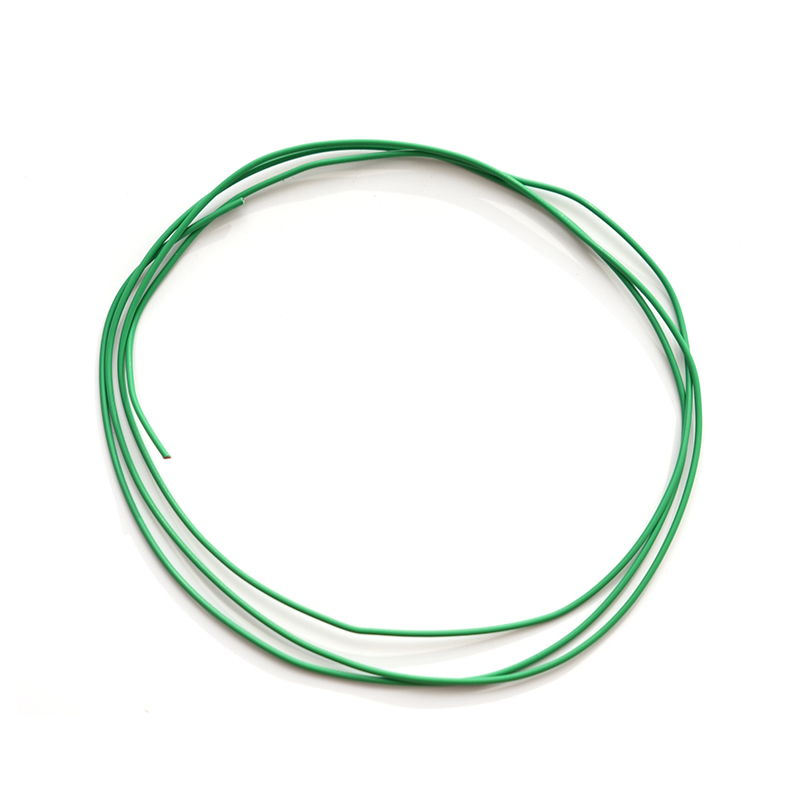

 English
English 中文简体
中文简体 русский
русский عربى
عربى